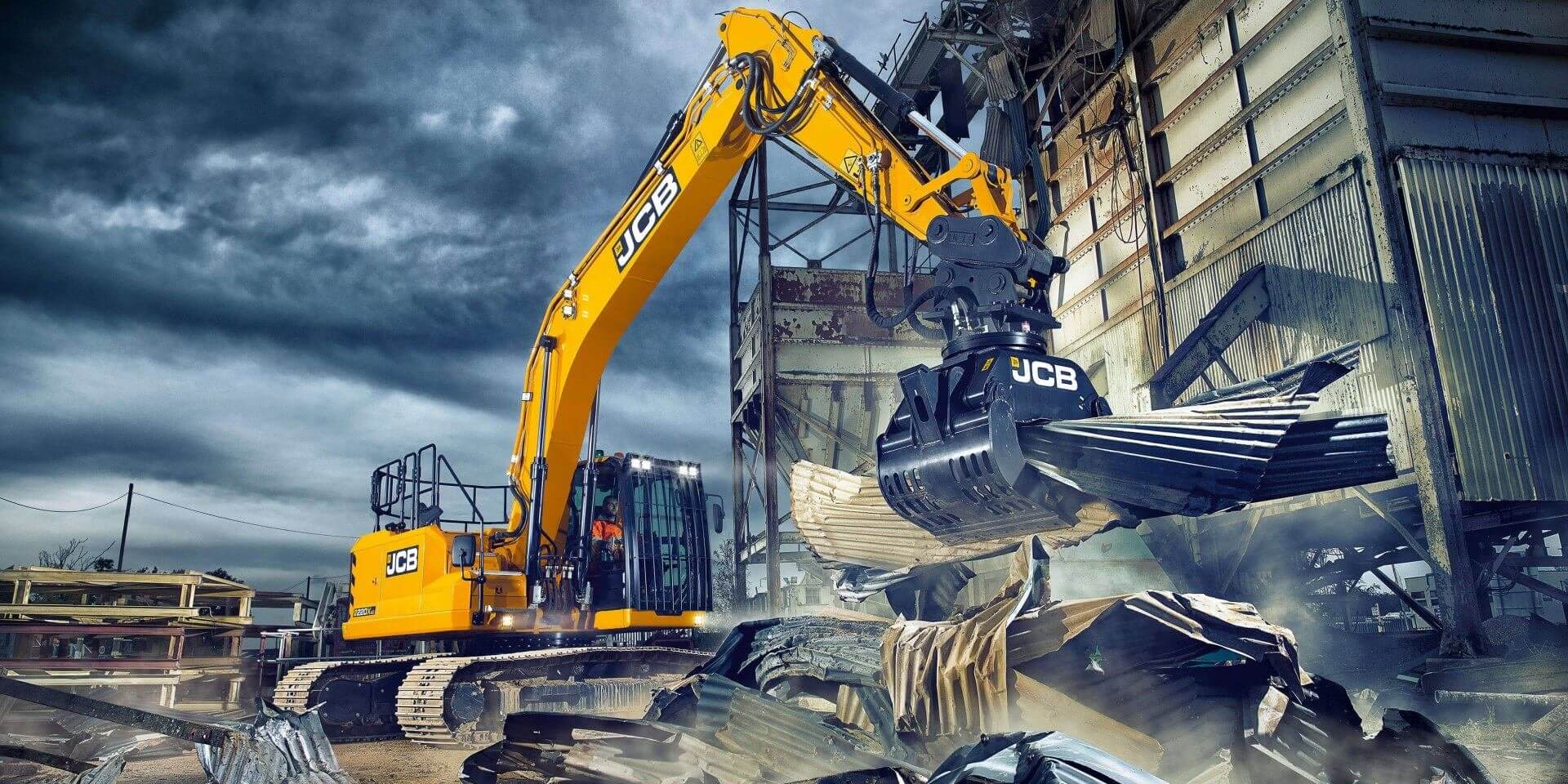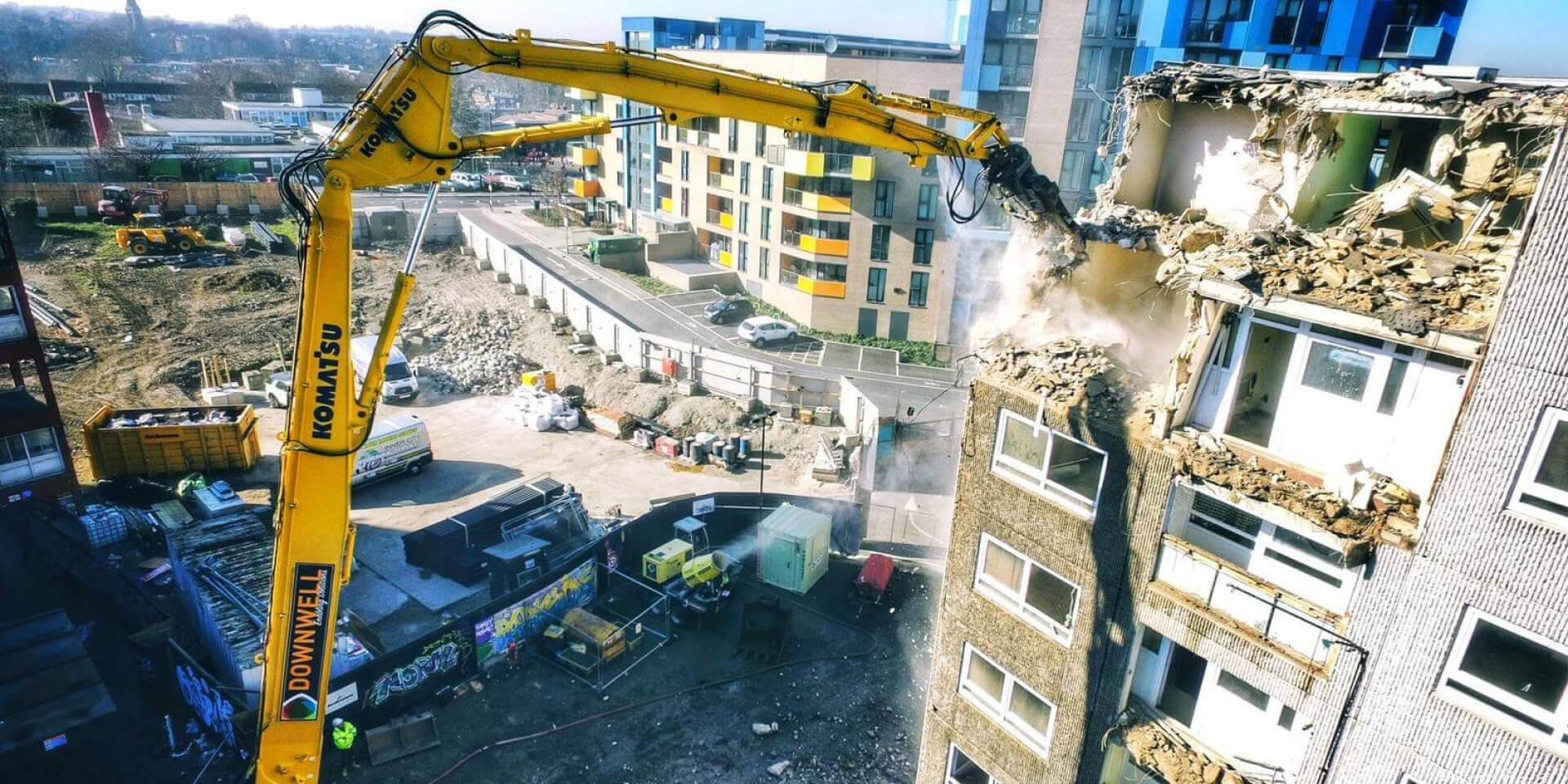ECY Haulmark hails potential revolution in hydraulic hammer business.
 The replacement of hydraulic breaker steels may soon be a thing of the past thanks to pioneering research between Loughborough University and UK Furukawa Rock Drill importer ECY Haulmark. Using advanced nanotechnology, scientists have successfully demonstrated the ability to “regrow” steel that has been damaged or broken entirely.
The replacement of hydraulic breaker steels may soon be a thing of the past thanks to pioneering research between Loughborough University and UK Furukawa Rock Drill importer ECY Haulmark. Using advanced nanotechnology, scientists have successfully demonstrated the ability to “regrow” steel that has been damaged or broken entirely.
“Nanotechnology effectively allows us to ‘pre-programme’ materials to make them ‘aware’ of their desired strength, weight and length,” explains Dr Alf Pirolo, one of the team behind the advances. “If those parameters are impacted in any way – through a steel breakage, for example – the steel is triggered to rebuild itself to its former strength and weight.”
According to ECY Haulmark’s Rick Yarwood, the technology has delivered some remarkable results although he readily admits some initial scepticism. “We were dubious when we were first approached and the initial trials did little to dispel our concerns. The scientists were originally unable to stop the steel growing when it reached the desired length,” he says. “They claimed that the operator would control the length by constant use but we quickly disproved that with a demolition customer who parked their hammer for three weeks. When we went back to it, the steel had grown out of the yard and was halfway across their car park, which obviously has health and safety implications. But since then, the research team have fine tuned the programming and that issue has been addressed.”
Yarwood says that the new nanotechnology steel is roughly six times the cost of a standard steel, but anticipates that demolition customers would achieve payback within two years. With that in mind, the team is now turning its attention to other demolition applications, starting with shear blades.
“Once again there have been a few teething problems,” Yarwood explains. “The first set of blades grew so big that we weren’t able to close the jaws. A few days later and the blades had effectively crossed over making the attachment look like a camel chewing a toffee. But the potential for this product is enormous, and we are delighted to be at the cutting edge of this exciting technology.”
Customers wishing to be among the first to try nanotechnology breaker steels should contact ECY Haulmark via the company’s website.









 A UK contractor working on the preparatory demolition ahead of the construction of the Amity Tower on the banks of London’s River Thames has been forced to call in the assistance of shark attack experts over fears that its work might release man-eating Tiger sharks into the river.
A UK contractor working on the preparatory demolition ahead of the construction of the Amity Tower on the banks of London’s River Thames has been forced to call in the assistance of shark attack experts over fears that its work might release man-eating Tiger sharks into the river.

 A Newark demolition company that owes New Jersey and the federal government more than $100,000 — including unpaid fines stemming from the 2011 death of a teenage worker — was among the many subcontractors hired with taxpayer dollars to haul debris after superstorm Sandy.
A Newark demolition company that owes New Jersey and the federal government more than $100,000 — including unpaid fines stemming from the 2011 death of a teenage worker — was among the many subcontractors hired with taxpayer dollars to haul debris after superstorm Sandy.